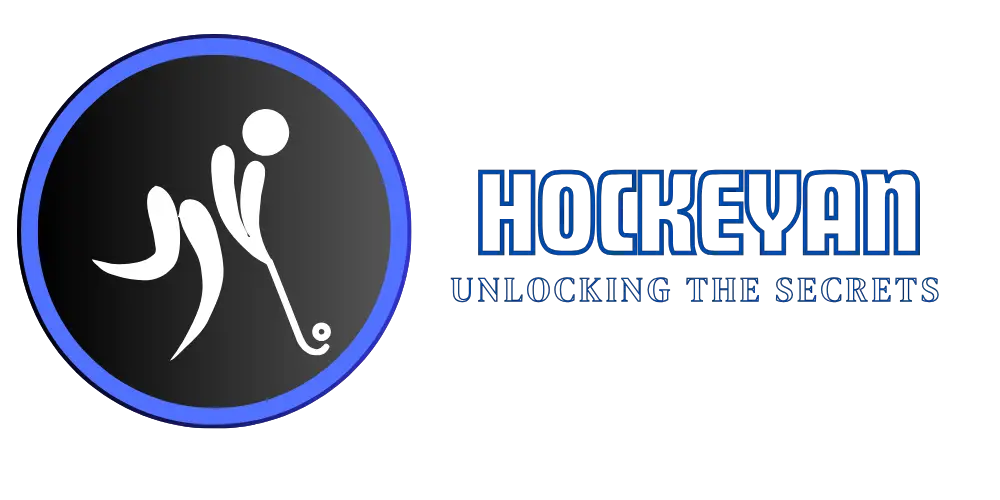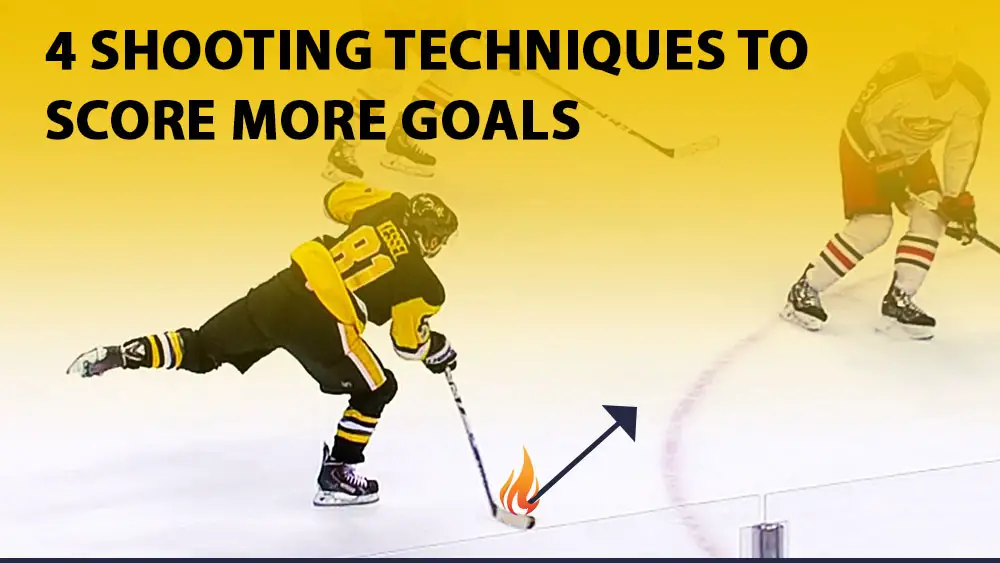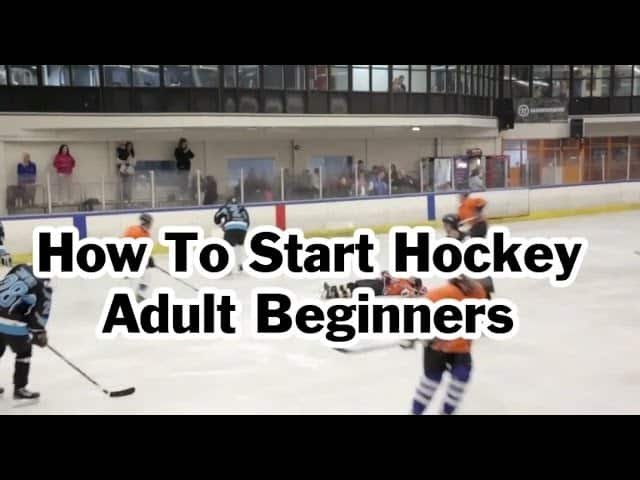Ice hockey techniques include skating, stickhandling, passing, shooting, and body checking. Mastery of these skills is crucial for success.
Ice hockey is a fast-paced sport that demands agility and precision. Skating forms the foundation, requiring players to accelerate, stop, and change directions swiftly. Stickhandling allows players to maneuver the puck seamlessly, while passing ensures effective team play. Shooting skills determine a player’s ability to score goals, making accuracy and power essential.
Body checking, a defensive technique, helps in disrupting opponents and gaining control of the puck. Each of these techniques requires rigorous practice and contributes significantly to a player’s overall performance on the ice. Mastering these skills not only enhances individual capabilities but also elevates the team’s competitive edge.
Introduction To Ice Hockey Techniques
Ice hockey is a fast-paced, exciting sport. Mastering its techniques is crucial. Players need to develop various skills. These skills help them excel on the ice. This guide covers essential techniques. It will help you improve your game.
Importance Of Skill Development
Skill development is vital in ice hockey. Players need to be agile and quick. They must also be strong and precise. Developing these skills takes time. Consistent practice is key. Here are some important reasons for skill development:
- Improves overall performance
- Enhances team coordination
- Reduces risk of injury
- Boosts confidence on the ice
Overview Of Essential Techniques
Understanding and mastering key techniques is essential. These include skating, shooting, and passing. Each technique has its own importance. Let’s break down these techniques:
| Technique | Description | Key Points |
|---|---|---|
| Skating | Basic movement on ice |
|
| Shooting | Scoring goals |
|
| Passing | Moving the puck |
|
Skating Fundamentals
Ice hockey is an exciting sport that demands a mix of speed, agility, and skill. Mastering the skating fundamentals is crucial for any player. This section will delve into the essential techniques you need to excel on the ice.
Proper Stance And Balance
A strong stance is the foundation of effective skating. Start by keeping your knees bent. Your feet should be shoulder-width apart. This position helps you stay balanced. Make sure your weight is centered over your skates. Your chest should be up and your back straight. Avoid leaning too far forward or backward.
Here are some key points for a proper stance:
- Knees bent at a 90-degree angle.
- Feet shoulder-width apart.
- Weight centered over skates.
- Chest up, back straight.
Forward And Backward Skating
Both forward and backward skating are essential skills. Start with forward skating. Push off with one foot while the other glides. Alternate feet to maintain speed. Your strides should be long and strong.
Backward skating requires different techniques. Begin by pushing off with your toes. Glide backward while keeping your knees bent. Use short, choppy strides to control speed. Keep your eyes forward to see the rink.
Here’s a quick comparison:
| Technique | Forward Skating | Backward Skating |
|---|---|---|
| Push-off | Push with one foot, glide with the other | Push off with toes |
| Stride | Long and strong | Short and choppy |
| Body Position | Knees bent, weight centered | Knees bent, weight centered |
| Vision | Look ahead | Look forward |
Practicing both forward and backward skating improves your overall skills. It helps you become a more versatile player.
Stickhandling Skills
Stickhandling is a vital skill in ice hockey. It helps players control the puck and navigate through defenders. Good stickhandling can make a player more effective on the ice. This section focuses on improving stickhandling skills.
Grip And Hand Positioning
Proper grip and hand positioning are essential. Hold the stick with both hands. The top hand should be firm on the stick’s end. The bottom hand should grip the middle lightly. This allows better control and flexibility.
Here’s a simple table to understand hand placement better:
| Hand | Position |
|---|---|
| Top Hand | Firm on the stick’s end |
| Bottom Hand | Light grip in the middle |
Puck Control Drills
Practice makes perfect. Drills help improve puck control. Here are some effective drills:
- Figure Eight Drill: Move the puck in a figure-eight pattern around cones.
- Toe Drag Drill: Drag the puck with the toe of the stick.
- Quick Hands Drill: Move the puck rapidly from side to side.
These drills enhance hand speed and puck control. Start slow and increase speed as you improve.
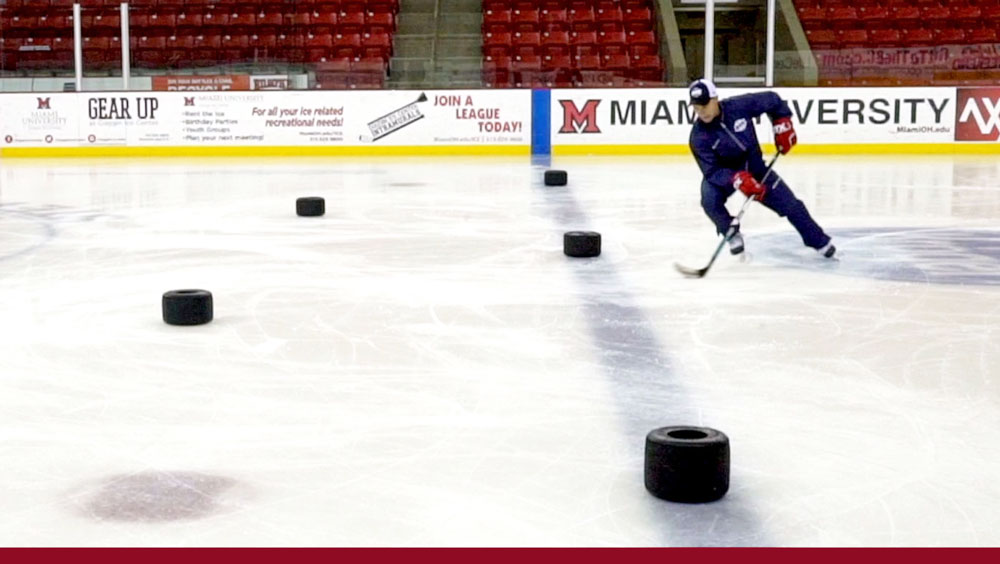
Credit: www.icehockeysystems.com
Effective Passing
Effective passing in ice hockey is crucial for team success. It helps maintain possession and create scoring opportunities. Understanding and mastering various passing techniques can give players a significant advantage on the ice. Let’s delve into the essential aspects of effective passing in ice hockey.
Types Of Passes
Different passes serve different purposes on the ice. Here are the main types:
- Forehand Pass: The most common type, using the front of the stick blade.
- Backhand Pass: Utilizes the back of the stick blade, often surprising opponents.
- Snap Pass: A quick, short pass with minimal wind-up.
- Saucer Pass: A lifted pass that glides in the air, avoiding obstacles.
Accuracy And Timing
Accurate and timely passes are vital in ice hockey. They help maintain possession and create scoring chances.
| Aspect | Importance |
|---|---|
| Accuracy | Ensures the puck reaches the intended teammate. |
| Timing | Allows the receiving player to be in the best position. |
To improve accuracy:
- Keep your eyes on the target.
- Follow through with your stick.
- Use your body to guide the pass.
To improve timing:
- Communicate with your teammates.
- Anticipate their movements.
- Practice regularly to develop instinct.
Mastering these techniques can elevate your game and support your team. Practice diligently to refine your passing skills.
Shooting Techniques
Ice hockey is a fast-paced sport. Mastering shooting techniques is crucial for success. Let’s explore some key shooting techniques to up your game.
Wrist Shots And Slap Shots
There are two main types of shots in ice hockey: wrist shots and slap shots. Understanding their differences and mastering both can greatly improve your performance.
Wrist Shots
Wrist shots are quick and accurate. They involve flicking the wrist to propel the puck. These shots are less powerful but very precise.
- Quick release: Essential for surprising the goalie.
- Accuracy: Aim for the corners of the net.
Slap Shots
Slap shots are powerful and fast. They involve winding up the stick and striking the puck forcefully. These shots are harder to control but can be very effective.
- Power: Generate maximum force with your body.
- Timing: Practice the wind-up and follow-through.
Improving Shot Power
Increasing the power of your shots can make a big difference. Here are some tips to help you improve shot power:
- Strength Training: Focus on your upper body and core muscles.
- Proper Technique: Ensure your stance and grip are correct.
- Practice: Repetition is key to building muscle memory.
Incorporate these elements into your training routine to see improvements. Remember, consistency is key to mastering these techniques.
Defensive Strategies
Defensive strategies are crucial in ice hockey. They help prevent the opposing team from scoring. Effective defensive techniques can turn the tide of a game. Here, we will explore some key defensive strategies.
Positioning And Angling
Positioning is vital in ice hockey defense. Players must stay between the puck and their own net. This helps block scoring opportunities. Positioning also allows for quick counter-attacks.
Angling is about guiding the puck carrier towards the boards. This limits their options and can force turnovers. Good angling relies on skating skills and anticipation. The goal is to cut off passing lanes and reduce shooting chances.
Blocking Shots
Blocking shots is a key defensive skill. It involves getting in the way of the puck. This can prevent it from reaching the net. Players must be brave and quick to block effectively.
Here are some techniques for blocking shots:
- Stick Blocking: Use the stick to deflect the puck.
- Body Blocking: Position your body to block the shot.
- Knee Drop: Drop to one knee to cover more area.
Effective shot blocking requires good timing and positioning. It can disrupt the opponent’s offense and create turnovers.
Faceoff Mastery
Faceoff Mastery is crucial in ice hockey. Winning faceoffs can change the game. It requires skill, technique, and quick thinking. Let’s explore two key aspects: Winning the Draw and Faceoff Tactics.
Winning The Draw
Winning the draw is essential in ice hockey faceoffs. It starts with a proper stance. Bend your knees and keep your stick low.
- Keep your feet shoulder-width apart.
- Lean forward slightly.
- Grip your stick firmly.
The timing of your move is critical. Anticipate the referee’s drop. Snap your wrists quickly to gain control. Use your body to shield the puck.
Faceoff Tactics
Faceoff Tactics involve strategy and positioning. Knowing your opponent’s tendencies helps. Here are some common tactics:
| Tactic | Description |
|---|---|
| Stick Lift | Lift your oppo |
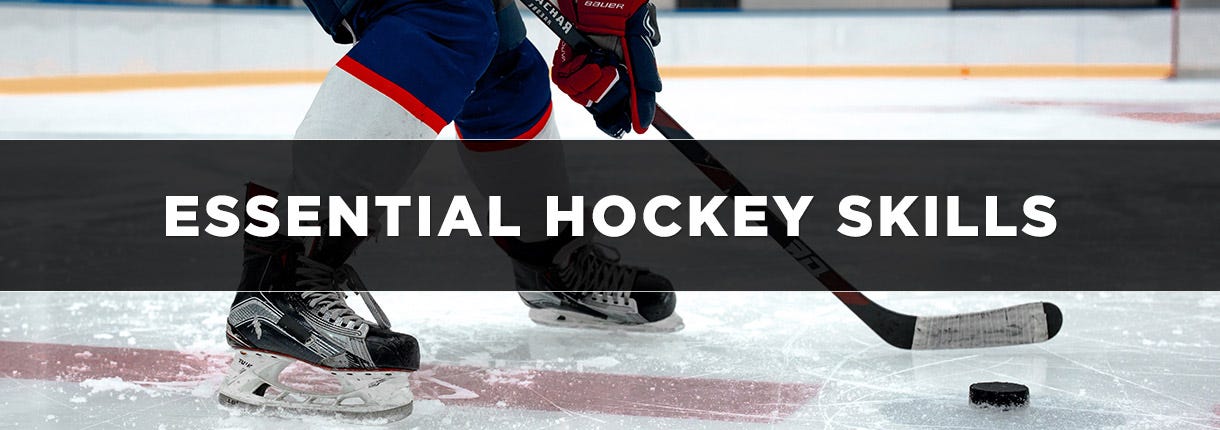
Credit: www.hockeymonkey.com
Game Situations And Tactics
Ice hockey is a fast-paced sport demanding quick thinking and sharp skills. Understanding game situations and tactics can make or break a team’s performance. This section will explore key strategies in crucial moments.
Power Play Strategies
Power plays occur when the opposing team has fewer players on the ice. This happens due to a penalty. The team with more players has a golden opportunity to score.
Here are some effective power play strategies:
- Setting Up the Umbrella: This involves three players forming a triangle near the blue line. Two other players position themselves near the net.
- Cycling the Puck: Constant puck movement tires out the defenders. It also creates scoring chances.
- Screening the Goalie: One player stands in front of the goalie. This blocks the goalie’s view, increasing the chance of scoring.
Penalty Killing Techniques
Penalty killing is crucial when your team is at a numerical disadvantage. The goal is to prevent the opposing team from scoring.
Effective penalty killing techniques include:
- Clearing the Puck: Defenders aim to shoot the puck down the ice. This wastes time and reduces scoring opportunities for the opposing team.
- Blocking Shots: Players use their bodies to block incoming shots. This protects the goal.
- Aggressive Forechecking: This puts pressure on the puck carrier. It disrupts the opponent’s power play setup.
Understanding these game situations and tactics enhances team performance. Master these techniques to gain an edge in ice hockey.
Off-ice Training
Ice hockey is an intense sport that demands skill, agility, and strength. Off-ice training can improve performance significantly. This training helps players develop physical and mental abilities. Below are some key aspects of off-ice training:
Strength And Conditioning
Strength and conditioning build muscle endurance and reduce injury risk. These exercises focus on core, legs, and upper body. Players need a balanced workout plan. Here are some important exercises:
- Squats
- Deadlifts
- Bench Press
- Pull-Ups
- Planks
These exercises should be done with proper form. Incorrect form can cause injuries. Consistency is key in strength training. Players should train at least three times a week.
Mental Preparation
Mental preparation is crucial in ice hockey. Players need to stay focused and calm during games. Here are some techniques:
- Visualization
- Mindfulness Meditation
- Goal Setting
Visualization helps players imagine their success. Mindfulness meditation keeps players calm under pressure. Goal setting provides clear objectives to work towards.
Incorporating mental exercises into daily routines can enhance performance. The mind is as important as the body in ice hockey.

Credit: www.hockeycanada.ca
Frequently Asked Questions
What Are The Basic Ice Hockey Techniques?
Basic ice hockey techniques include skating, stickhandling, passing, and shooting. Skating involves balance and speed. Stickhandling helps control the puck. Passing enables teamwork. Shooting aims to score goals.
How To Improve Skating Speed In Ice Hockey?
To improve skating speed, focus on strength training, proper technique, and regular practice. Use off-ice workouts to build leg muscles. On-ice, practice starts, stops, and turns.
What Is The Importance Of Stickhandling In Ice Hockey?
Stickhandling is crucial for controlling the puck and avoiding defenders. It enhances your ability to maneuver and make plays. Good stickhandling skills increase scoring opportunities.
How To Execute A Perfect Slap Shot?
For a perfect slap shot, focus on stance, wind-up, and follow-through. Position your feet correctly. Use your body to generate power. Follow through towards the target.
Conclusion
Mastering ice hockey techniques takes practice and dedication. Focus on skating, shooting, and defensive skills. Consistent training leads to improvement. Embrace teamwork and communication on the ice. Remember, every player can enhance their game with persistence. Enjoy the journey and keep pushing your limits.
